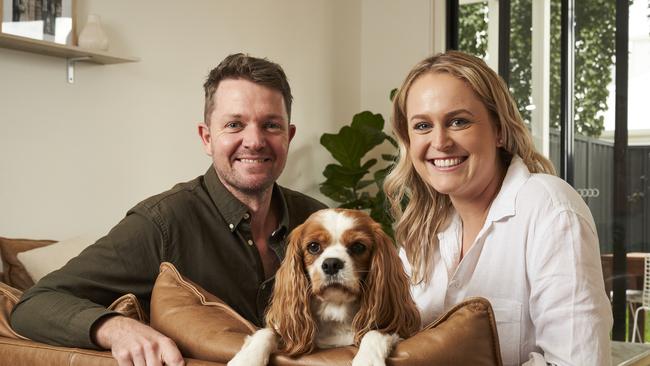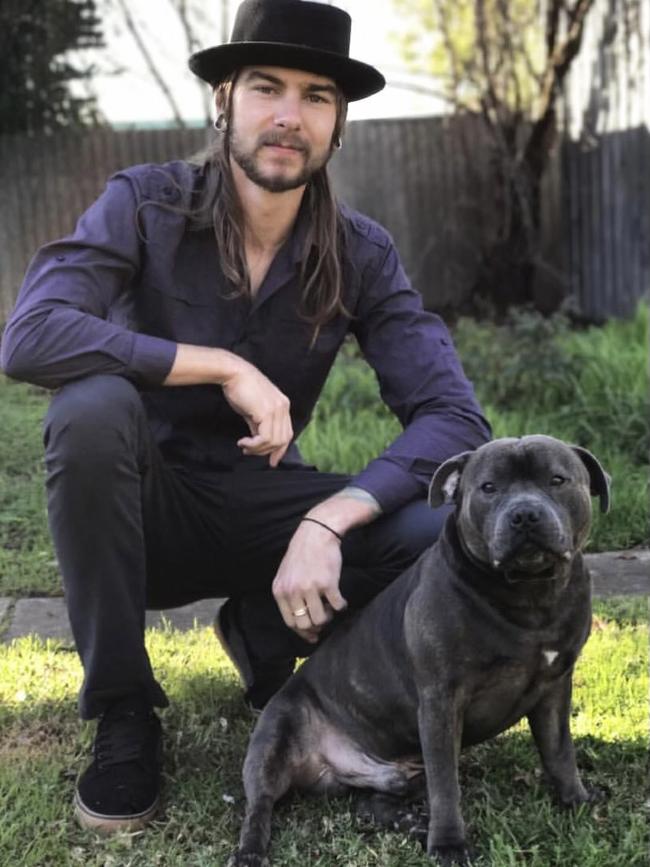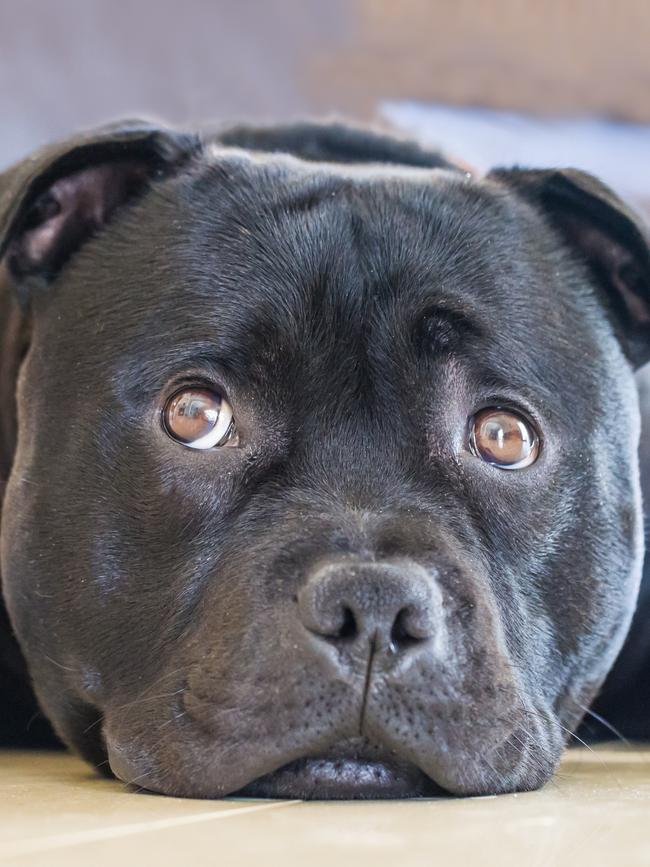Mapped: Adelaide’s most popular dog and cat breeds by council area. See the stats for your area
Maltese, retrievers, oodles of poodles… Fashions in dog breeds can be mapped to local areas. See the top five dogs and cats for your council area.
SA News
Don't miss out on the headlines from SA News. Followed categories will be added to My News.
Cavaliers stand out in Adelaide’s leafy east and compact city centre, while stocky staffies are popular up north, out west and down south, as dog ownership statistics confirm suburban stereotypes.
The trends are revealed in a comparison of the top five most popular dog breeds in each metro council – once you look past the ubiquitous maltese (the most common dog in South Australia) and labrador retrievers.
Far from the city lights, the Australian kelpie comes first in 37 out of 50 non-metro councils. Cattle dogs and border collies crop up more often in the top five too. But it’s maltese again in big towns like Victor Harbor, Whyalla, Mount Gambier and Port Augusta.
The data had to be obtained with an FOI (Freedom of Information) request for dog and cat breeds by local government area. The original request for registrations by suburb was refused for fear it would identify the locations of rare breeds prone to theft and would be so heavily redacted as to become meaningless.
Commenting on the data, The Advertiser’s veterinarian columnist Dr Mark Reeve said dogs were almost a status symbol.
“They’re like a fancy handbag or a nice car in that they are something that people use to say something about themselves,” he said.
“And then I think what you find is geographically, you have people interested in the same things and probably competing with each other, you know, competing with the Joneses down the road. So they all tend to gravitate towards similar sorts of status symbols, which is why we see those breeds in a geographical distribution.”
At Tea Tree Gully Veterinary Hospital, Dr Reeve tended to “see a lot more young men with staffies than I see young men with cavaliers”.
Young couples were fond of cavaliers because they’re looking for “something small and cute” as a bit of a trial run before having a baby, he said.
Explore the full database of dog breeds for your council area
Dr Reeve suspected the growing popularity of “designer breeds” was masked by the data, because these dogs tend to be registered as either a generic “cross breed” or classified using the most dominant breed in the cross.
If “all the oodles” were grouped as one breed, the data would tell a different story.
As a case in point, Burnside Council took a closer look at their dog registration data and found they had “oodles of oodles”, a grand total of 575 oodles in fact, excluding poodles.
That passes the total for the second placed cavalier king charles spaniels at 442, but falls short of the top spot (labrador retrievers, 649).
The long list of oodles included 230 cavoodles (cavalier king charles spaniel cross poodle), 143 labradoodles (labrador cross poodle), 59 groodles (golden retriever cross poodle) and 56 moodles (maltese cross poodles).
Dr Reeve said designer breeds started cropping up about a decade ago following various attempts to breed a non-shedding guide dog.
But they’re not a true purebred dog, so the offspring are not as predictable. It’s always a matter of mating two different breeds.
Dr Reeve was not surprised to see the Australian kelpie dominating rural areas, coming out on top for 37 out of 50 non-metro local government areas.
“The kelpie is much more suited to South Australia, because they’ve got a shorter coat and they tend to be a little less muscly so they’re better with our extreme heat,” he said.
“Whereas border collies tend to have long coats, so they don’t cope as well as a working dog in South Australia and then Australian cattle dogs tend to be a much bigger, heavier build so I find them getting a bit hot if they have to work all day down here.”
When it comes to cats, the data tells a simple story.
“Domestic shorthair” cats dominate, everywhere. Purebreds such as rag doll or burmese occasionally crop up in the top five, especially in cat-loving council areas such as Mitcham and Unley.
Explore the full database of cat breeds for your council area
Ruby the seven-year-old cavoodle rules the roost at Magill
Her stepdad Darren Baynes doesn’t like to admit it, but reluctantly agrees that he and his wife do tend to spoil Ruby a bit.
“We just give in, she knows how to press our buttons and she can read the situation really well, she’s very smart,” he said.
“I think she knows how to manipulate Sophie and I to give her what she wants, even just the most subtle little scratch on a table leg tells us that it‘s 8:15pm and that’s normally when she’ll get a little treat at night.”

Sophie Mills has fond memories of growing up with cavalier king charles spaniels in the eastern suburbs, when she went to Pembroke School.
When Ruby was two years old, stepsister Marley, 5 came along, with the same poodle dad but a different cavalier mum.
The couple say Magill is a good neighbourhood for dogs and they often see other little dogs like Ruby and Marley when out on their regular walks.


Loyal companion
Kato the eight-year-old staffy is a loving, loyal companion to Koen Attard, 29, of Hackham West in Onkaparinga council.
“He’s my best mate,” Mr Attard said. “I ride dirt bikes so he just likes coming out and watching really, out in the paddock he just sits there in the van or under it, he just watches, it’s pretty funny.
“He goes for little jogs around and follows me.”
The blue Staffordshire bull terrier was sourced from a Queensland breeder in 2013.
“We’ve always had staffies or bull terriers in the family, and they’re just the best family dogs, you can’t go wrong with them, they’re just everything you need in a dog, they’re like a little human without a voice,” Mr Attard said. “They get a little bit excited with new visitors.”
While some people are wary of staffies, which were originally bred as fighting dogs, Mr Attard said any dog can bite: “I have a friend who got their face half mauled off by a jack russell.”





